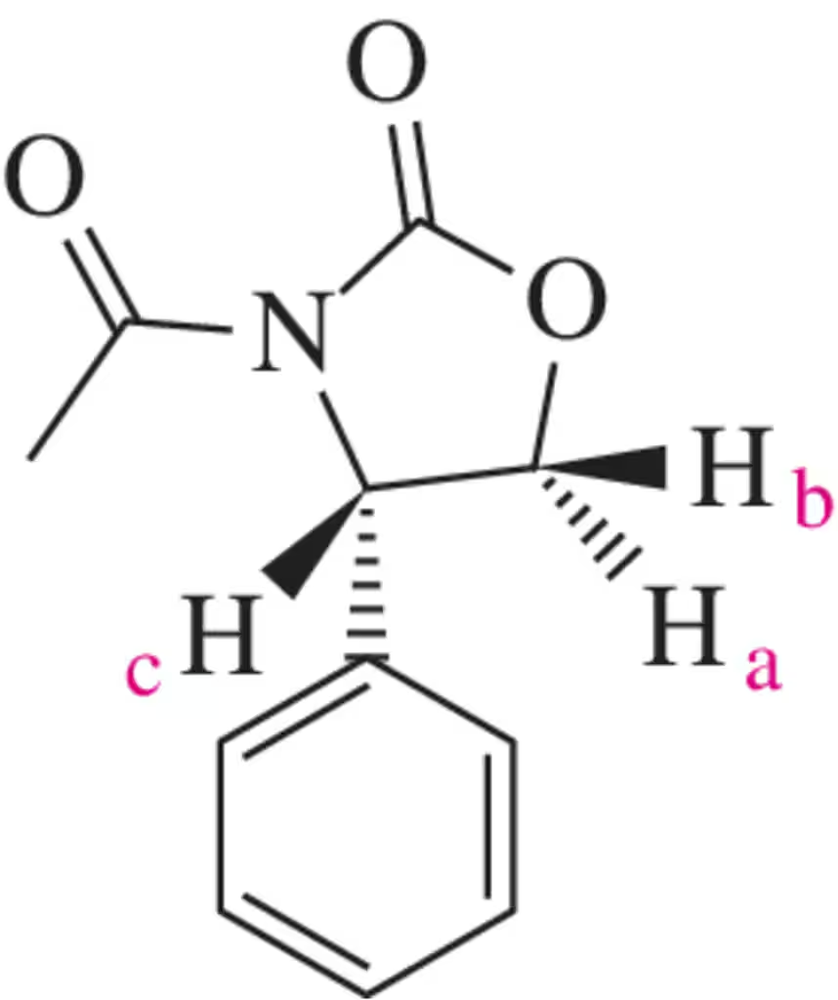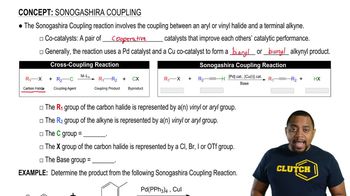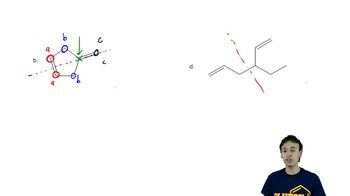Draw a tree diagram for H* in the structure below.
F2CH*CH(CH3)2 JH*-F = 50 Hz
JH*-H = 7 Hz

 Verified step by step guidance
Verified step by step guidance Verified video answer for a similar problem:
Verified video answer for a similar problem:



 8:02m
8:02mMaster Splitting with J-Values:Complex Tree Diagram with a bite sized video explanation from Johnny
Start learning